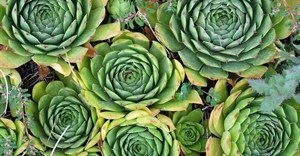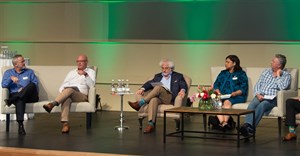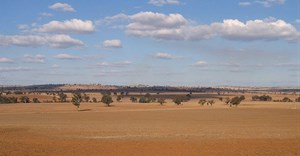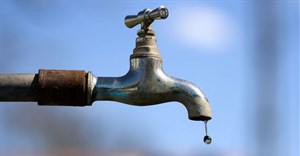
Subscribe & Follow
Jobs
- Expert Analyst - Water Cape Town
- Expert Analyst - Green Finance Cape Town
- Sustainable Agriculture Graduate Trainee Cape Town
South Africa's poor face rising food prices as drought intensifies
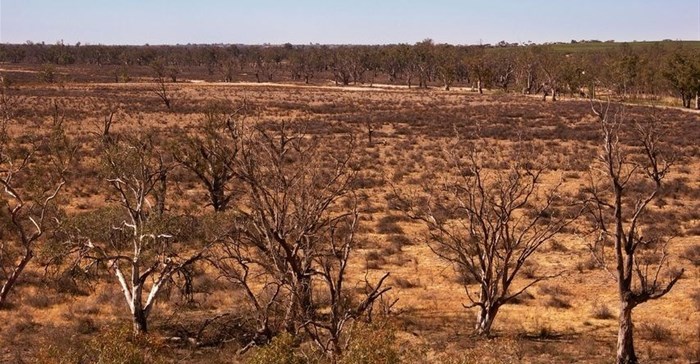
Although it's too early to make such claims because the summer rainfall season is not yet over, it is nevertheless true that the country is in the grip of a severe drought. There is therefore the potential for a large-scale disaster in agriculture, and forward planning needs information on what possible scenarios can play out.
To this end the Bureau for Food and Agricultural Policy has harnessed its economic models to help illuminate what could possible happen and what can be done to address the problems that the country potentially faces.
What is known is that a drought, particularly in the maize-producing areas of the country, can have a devastating impact on food security, income distribution, the logistics of the agricultural industry, and on environmental sustainability. Best be forewarned about these potential impacts rather than merely react when it is usually too late.
Maize is important to the South African food chain because it is the staple of poor people, and because it is the main source of energy for animal feeds. Droughts result in smaller harvests and therefore higher prices. This is bad for the poor, especially in the case of white maize where it is difficult to source imports.
Expect a fall in maize production
Maize production depends critically on yields and the area planted. Farmers are at the tail-end of the planting season, so even if it does rain now, plantings for the current season are already in place.
Formal estimates for planting will be released by the national Crop Estimates Committee on 20 January. Anecdotal evidence suggests that the level of planting could be as low as 1,300,000 hectares, of which 230,000 hectares is under irrigation. Compared with the 2,638,800 hectare average of the 2011-2015 crop years, this would mean a halving in plantings. This is probably an overly pessimistic view, but it serves to illustrate just how badly things can go.
What impact will this have on yields?
A total maize crop of 4,700,000 tons can be expected, at an industry average yield of 3.62 tons per hectare, compared with an average of 4.4 tons per hectare over the 2011 to 2015 harvests. This would entail 1 900 000 tons of white maize (mostly for human consumption) and 2,900,000 tons of yellow maize (mostly for animal feed). This table contains more detailed numbers.

This estimated crop is far less than half of the industry average of some 11,500,000 tons per year for 2011-2015 and of the average consumption of 9,600,000 tons per year over the same period. The difference between these two is either stored as carry-over stocks for next year, or it is exported.
Dire consequences for the poor
Given maize currently in storage from previous years (estimated at 1,000,000 tons white and 318,000 tons yellow) and a monthly average consumption of 360,000 tons of white maize, this means that the country will have only eight months of white maize available - three months from currently stored maize and five months from the new harvest - and no stocks for the coming season.
In the case of yellow maize, average consumption is 500,000 tons and stocks are a lot smaller, so imports will have to start even earlier.
This raises two questions:
1. Where is South Africa going to find the white maize for import?
Africa's new surplus maize producers (Zambia, Uganda and Tanzania) have markets closer to them than South Africa, for example in the Democratic Republic of Congo, Zimbabwe and Kenya. Mexico, the world's other large producer of white maize, is self-sufficient and unlikely to have exportable surpluses. The remaining option is to encourage US farmers to plant for the South African market.
The alternative is to mix white and yellow maize in maize meal as was done after the drought in 1992. But this resulted in a drop in per capita consumption as a result of consumer resistance.
Add to that the fact that the scarcity of the product will mean that the price is going to increase, and one has the makings of an economic disaster for poor people and for the economy as a whole. The Bureau for Food and Agricultural Policy projections show that maize meal prices have already increased by 20%, and are expected to increase by a further 10% even before this increase in the producer price is taken into account.
Consumers will have to cut back, and will switch to rice, wheat and potatoes, leading to even greater import dependence for rice and wheat.
2. Does South Africa have the infrastructure to handle and move these greatly increased imports?
Here the news is less bad: the grain industry in the country is accustomed to large volumes of imports of grains such as maize, wheat; and oilseeds such as sunflowers and soybeans.
There are relatively large global stocks of these commodities, so that, unlike white maize, there should not be a problem in moving imports.
Policy considerations
Hopefully the Bureau for Food and Agricultural Policy assumptions of the size of the harvest for this year are too pessimistic, but policy makers cannot ignore the real possibility that they are realistic and that the country faces a potential crisis. In the short term the state needs to look at options such as:
- Encouraging responsible production under irrigation.
- Accelerating implementation of the National Development Plan proposals to bring unused arable land into production.
- Assistance to the industry in finding sources of white maize and in getting it to South Africa with the minimum of paperwork. This could include genetically modified varieties with specific characteristics.
![]()
Source: The Conversation Africa

The Conversation Africa is an independent source of news and views from the academic and research community. Its aim is to promote better understanding of current affairs and complex issues, and allow for a better quality of public discourse and conversation.
Go to: https://theconversation.com/africa





